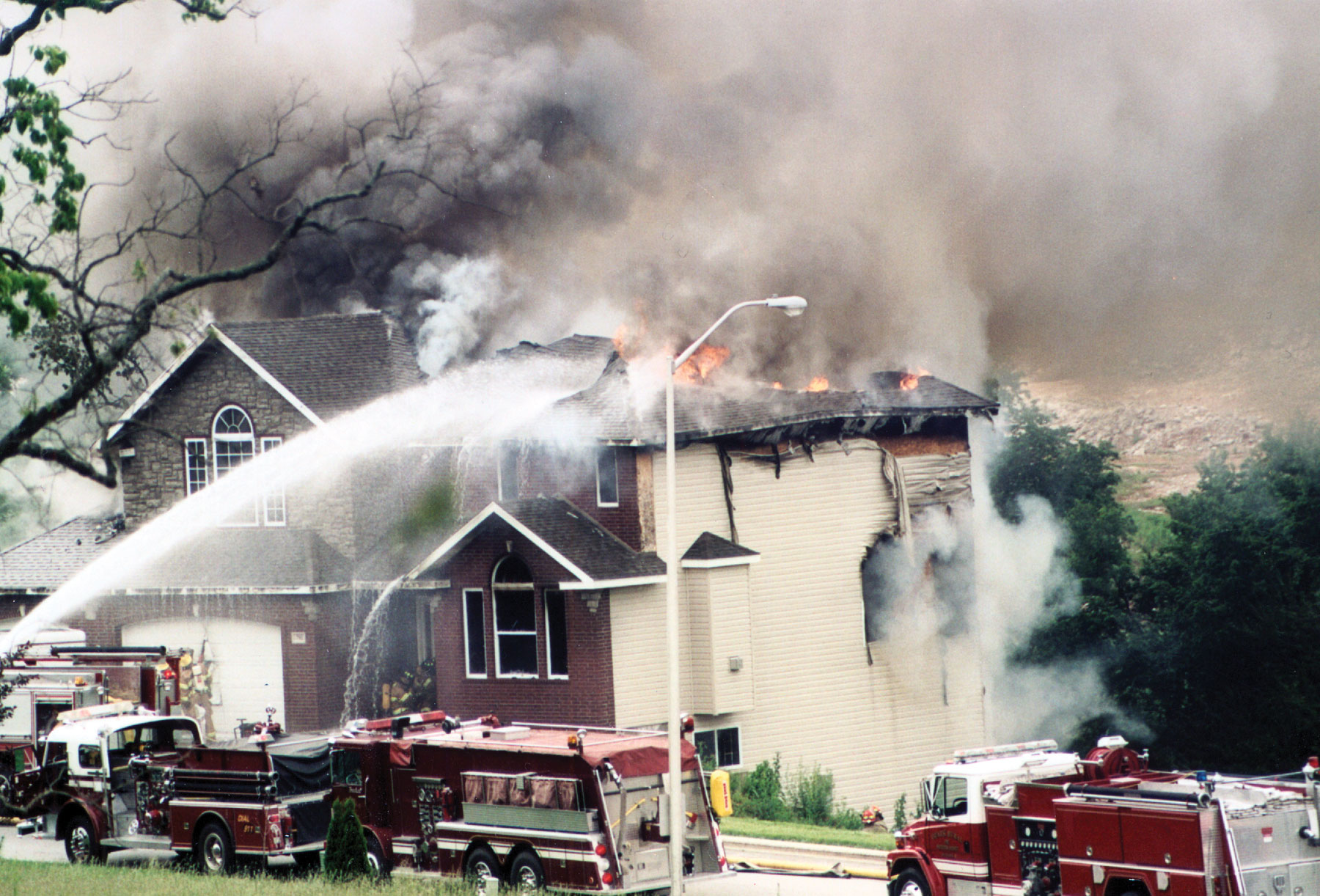Suppose a fire loss occurs. What happens if after the first fire loss and before repairs are finished, another fire loss occurs and burns down the structure? Should each fire loss be subject to a separate policy limit? Should an insurer pay one policy limit? Is the second fire a “total loss?”
A recent case1 had these facts:
Two fires, occurring two months apart, destroyed the house of Craig and Katie Shaw. The first fire burned a large hole in an exterior wall, and the second fire demolished the rest of the house.
After the first fire, the Shaws’ insurance company, Farm Bureau Property & Casualty Insurance Company, paid damages in the sum of $159,808.52. Before any significant repairs had been made, the second fire destroyed the house completely. The Shaws submitted a second claim, and Farm Bureau paid the Shaws $108,991.48. That amount is the difference between the policy limit of $268,800 and the amount already paid for the first fire. The fires occurred within the same policy period.
The Shaws sued Farm Bureau for breach of contract, claiming that notwithstanding Farm Bureau’s payment after the first fire, the total loss entitled the Shaws to payment of the full policy limit for the second fire by the policy’s terms.…
Where do you start to determine the answers to my questions? RTFP! Read the full policy. Always read the policy. The court did this and noted:
The Shaws’ claim centers on the Total Loss Valuation provision of the policy, which states that ‘[i]n the event of a total loss of the dwelling . . . , the limit of insurance indicated in the Declarations represents the total value of the dwelling insured.’ This provision is ‘consistent with the Minnesota standard fire insurance policy,’ see Auto-Owners Ins. v. Second Chance Invs., LLC, 827 N.W.2d 766, 768 (Minn. 2013), which ‘requires the insurer to pay the policyholder an amount equal to the limit of insurance in case of a total loss,’….The parties agree that the second fire ‘rendered the Shaws’ house a total loss.’ They further agree that the policy requires Farm Bureau to pay an amount equal to the policy limit if covered occurrences cause a total loss. They disagree, however, on what the policy requires when two covered occurrences successively contribute to a building’s total destruction.
So, what does the term “total loss” mean in an insurance policy? The court went into an in-depth dictionary and grammar analysis of the term:
We first consider the ‘plain, ordinary sense’ of the phrase ‘total loss.’ See Midwest, 831 N.W.2d at 636. The word ‘total’ means ‘whole,’ or ‘[c]omplete in extent or degree; absolute, utter.’ ‘Total,’ Oxford English Dictionary (2d ed. 1989). A ‘loss’ is a deprivation. See ‘Loss’” Oxford English Dictionary (2d ed. 1989) (defining ‘loss’ as ‘[t]he being deprived of, or the failure to keep (a possession …),’ ‘ruin, destruction,’ and ‘[t]he fact of losing (something specified or contextually implied)’). Farm Bureau asserts that a house with missing exterior wall portions is a ‘partial house,’ not a ‘whole house,’ and so its destruction cannot be a total loss. On that view, the second fire caused a partial loss, and the destruction can be understood as a total loss only by combining the two fires.
The grammar of the Total Loss Valuation provision resists Farm Bureau’s interpretation. Importantly, the word ‘total’ modifies the word ‘loss’ rather than the insured object. The provision does not say ‘in the event of the loss of the total (or whole) dwelling.’ Instead, it reads: ‘in the event of a total loss.’ It is thus the loss—the deprivation—that must be total. Hence, one could fairly say the second fire caused a total loss because the destruction was complete, even if the house was not. In fact, the building’s original condition is irrelevant to the conclusion that the second fire, unlike the first, caused an utter destruction, a total loss. This result- based approach accords with ordinary usage. For example, it would not be unusual or inaccurate to say that a collision ‘totaled’ one’s car even if the car had already been missing a door at the time of the crash. Thus, the ‘plain, ordinary sense’ of the phrase ‘total loss’ favors, or at least permits, the Shaws’ interpretation and supports the conclusion that the second fire, by itself, caused a total loss….Even if Farm Bureau’s interpretation is also reasonable, the ambiguity must be ‘resolved in favor of the insured.’
It is not just me who says RTFP. The court noted:
The policy, when read as a whole, further supports the Shaws’ interpretation. The Policy Period provision, which states that coverages ‘apply to each accident, ‘occurrence’ and loss that takes place during the policy period,’ anticipates that separate claims for separate occurrences will be assessed separately. Furthermore, nowhere does the policy state that successive losses deplete the general policy limit on the house. As the drafter, Farm Bureau could have included such a limitation
Courts also look at prior case precedent for guidance. This court cited longstanding Minnesota law:
In addition to plain meaning and context, Minnesota common law supports the result-based interpretation of “total loss.” The Minnesota Supreme Court has long held that ‘[a] building is not a total loss . . . unless it has been so far destroyed by the fire that no substantial part or portion of it above ground remains in place capable of being safely utilized in restoring the building to the condition in which it was before the fire.’…The overall thrust of this definition is result-based, and the only reference to a structure’s prior condition cuts against Farm Bureau’s argument in two ways. First, the building’s ‘condition . . . before the fire’ is considered merely to assess the feasibility of restoration, not to determine whether the building was intact. See id. Second, the definition refers to the building’s condition immediately prior to the loss, not its condition at the beginning of the policy period. In sum, Minnesota courts assess total loss by evaluating the extent of a building’s destruction (1) regardless of whether the structure was whole immediately before the loss and (2) regardless of the structure’s condition at the beginning of the policy period.
Because the plain language of the Total Loss Valuation provision, the context of the rest of the policy, and Minnesota’s background common-law principles all support the Shaws’ result-based interpretation, we conclude that the second fire alone caused a total loss.
The bottom line—the policyholder was entitled to the costs of repair for the first fire loss and the policy limit for a total loss on the second fire loss. Each fire loss had its own policy limit.
Thought For The Day
All meanings, we know, depend on the key of interpretation.
—George Eliot
__________________________________
1 Shaw v. Farm Bureau Prop. & Cas. Ins. Co., No 21-1481 (8th Cir. Jan. 21, 2022).




